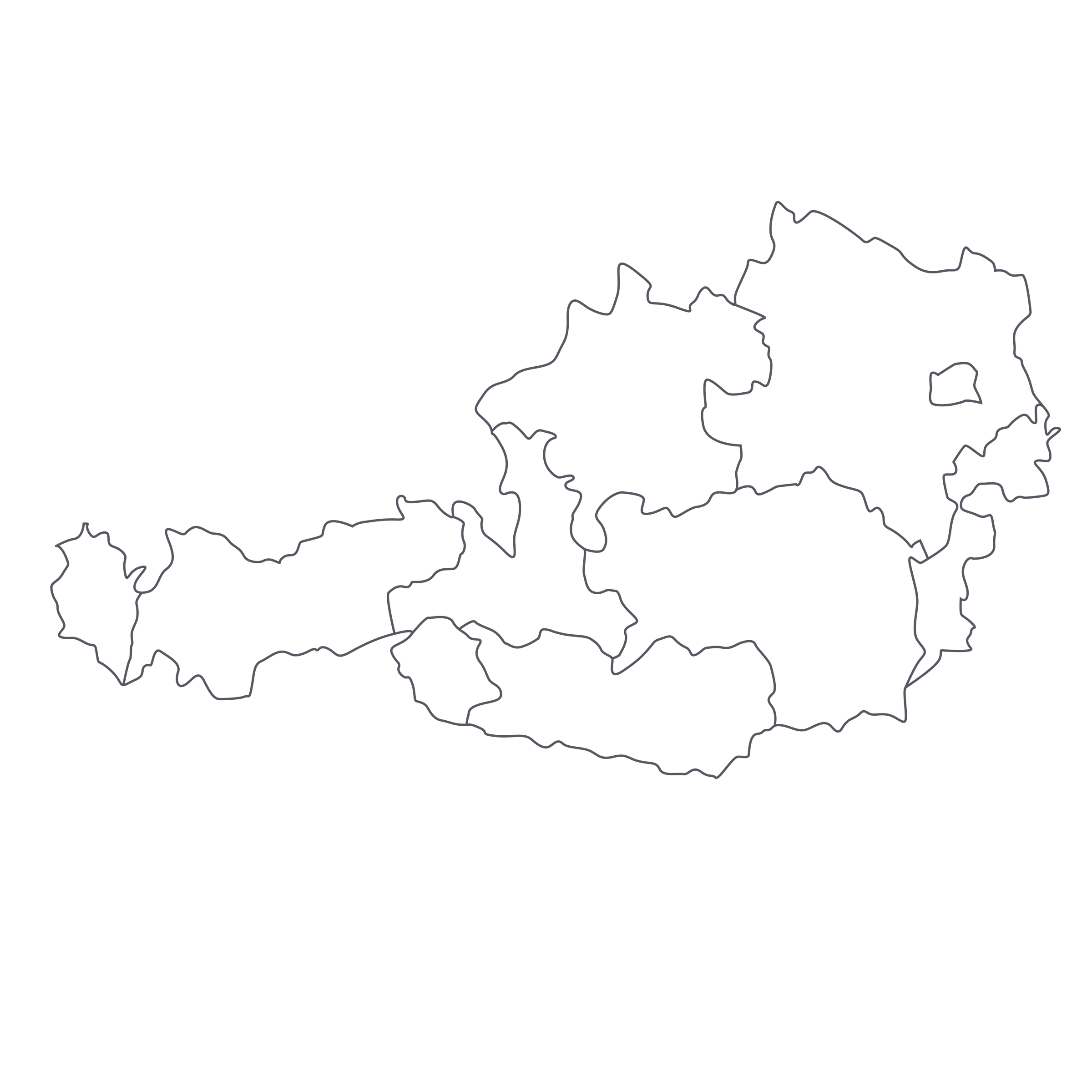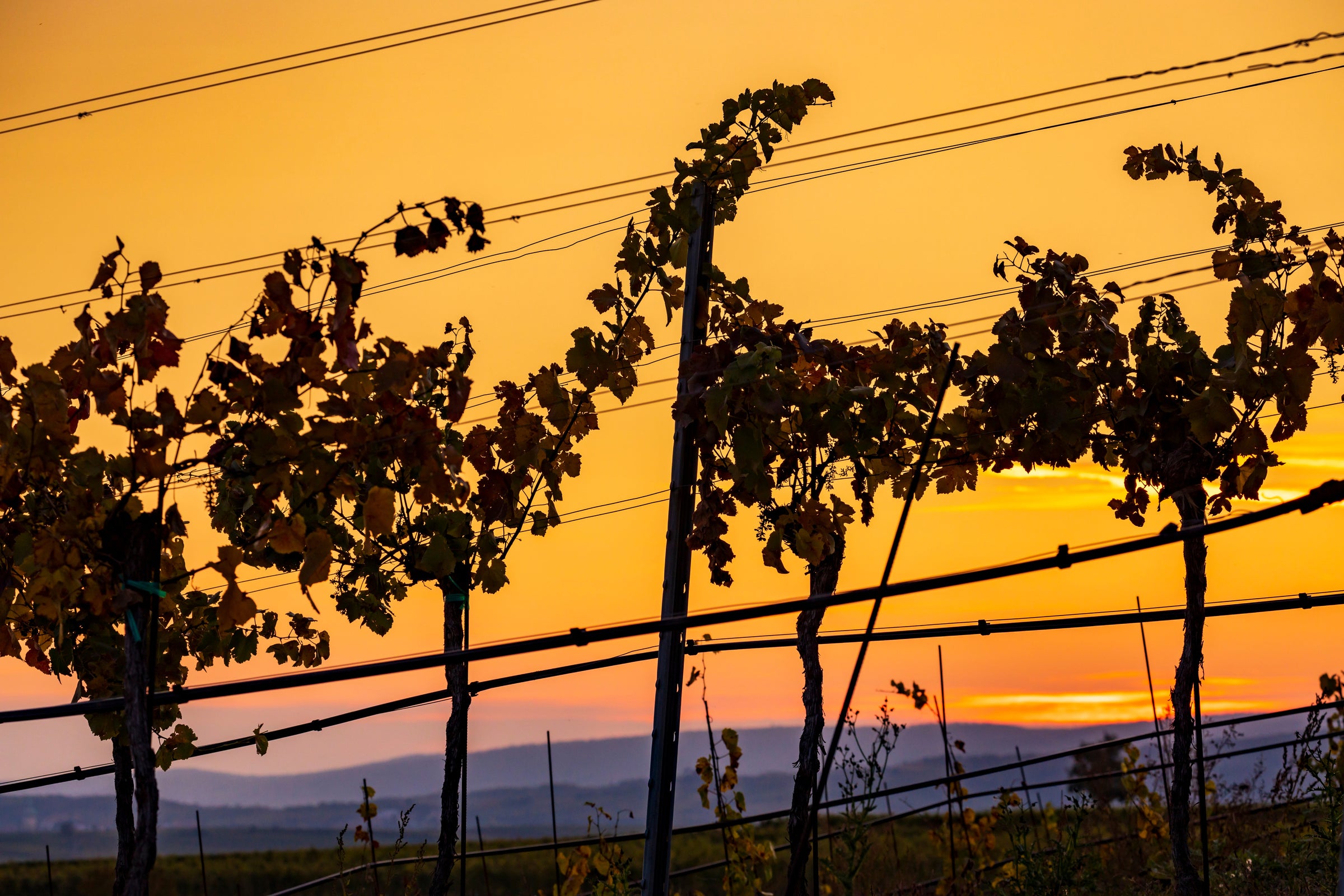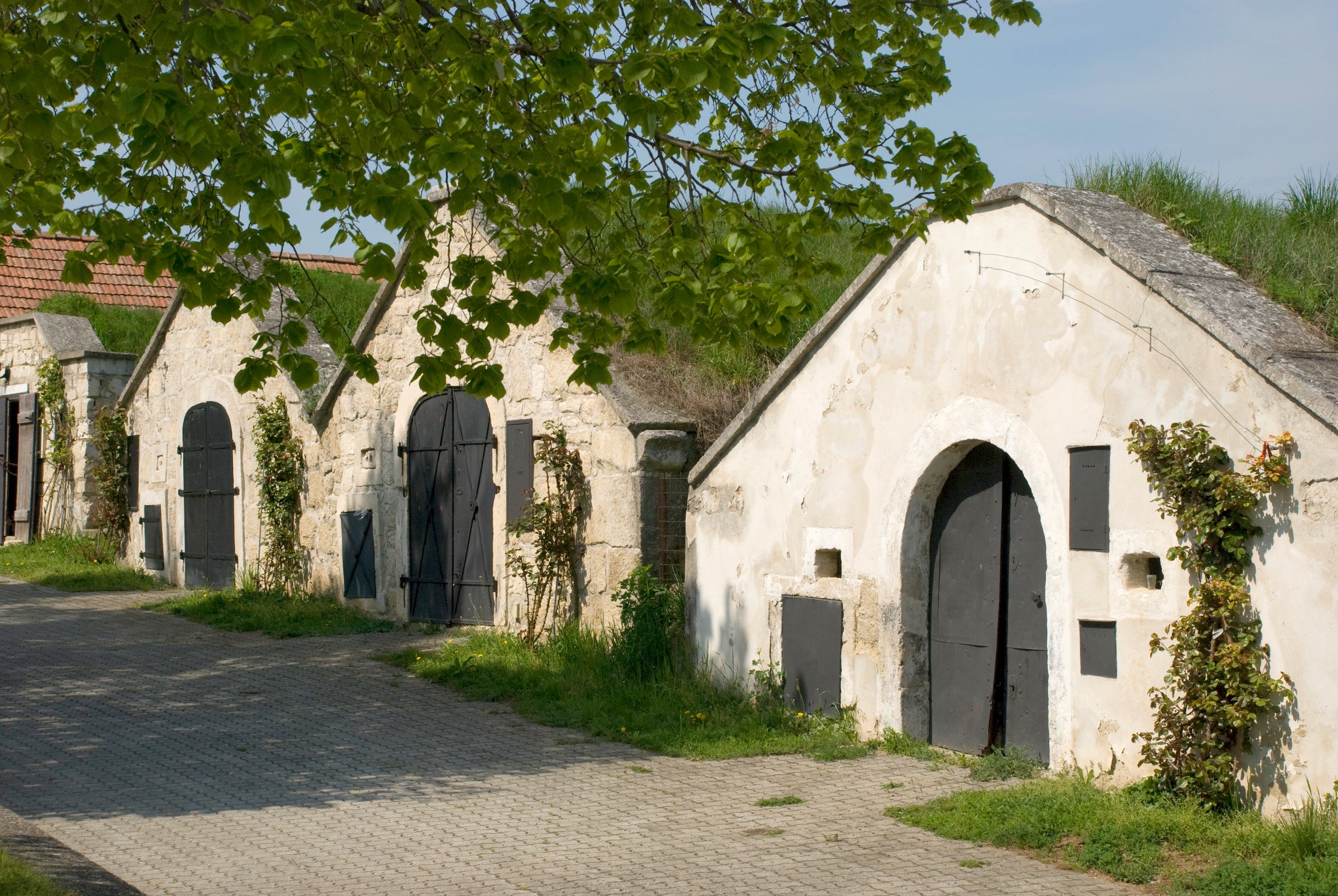Picture the moment an electric current enters a light bulb and causes the filament to glow. That’s what pouring and tasting this wine is like. The Austrian Riesling experience is the ultimate in crystalline minerality and mouth-watering refreshment, and you couldn’t ask for a more quintessential Austrian Riesling than this one from Weingut Stadt Krems.
After 568 years of production, it’s safe to say this ancient winery in the Kremstal (one of the ‘big three’ Danube River appellations alongside Kamptal and Wachau) is a trusted source. They’ve crafted impeccably detailed, etched-from-stone Riesling for so long that their baseline has risen to a near-unmatched height: I can think of few producers anywhere in the world who pack this much wine into a $24 bottle. It is simply mind-blowing, and in my case, any encounter with a bottle of Stadt Krems summons memories of my visit there many years ago—the steep, jewel-green vineyard terraces rise up out of the town of Krems so seamlessly it’s hard to tell which came first, the vines or the town itself. It’s a “must try” for any Riesling lover trying to understand the grape’s most important terroirs, or really, for anyone who appreciates superior value. Imagine morning sunshine glinting off the Danube, and you’ve got this wine nailed—and they charge what for it again?
You really couldn’t ask for a more pitch-perfect introduction to the Kremstal DAC—a Riesling redolent of lime-blossom and raw pastry dough, broad and focused and bone-dry all in the same sip. Weingut Stadt Krems hasn’t missed a vintage since its founding in 1452. It was first established by Duke Leopold the IV to raise funds for the local hospital of Krems and is still owned by the local municipality. Thirty-one hectares of vineyard are nested within the city limits of Krems an der Donau and the neighboring Stadtteil district of Stein. Winemaker Fritz Miesbauer arrived in 2003 to inject a fresh dose of modernity by replanting vineyards and modernizing the ancient cellar. Today the winery is an integral part of the Österreichische Traditionsweingüter (ÖTW), a group of Austrian growers who are painstakingly researching and implementing Austrian vineyard classifications to create a hierarchy comparable to the Burgundian system. Belonging to the ÖTW means that Weingut Stadt Krems has access to some of Austria’s finest and most historically important vineyard sites.
Stadt Krems has dedicated many years to recognizing and understanding the different soils and microclimates that exist within their holdings, mostly due to drastic elevation changes and the influence of the Danube. As members of the ÖTW, every bottling exhibits the typicity of a region, a village, or a single vineyard. Today’s Riesling is a “Gebietswein” according to the Traditionsweingüter’s appellation structure, meaning it should perfectly encapsulate the Kremstal DAC’s regional character. And it really does, with an other-worldly minerality that shines through a softer, broader texture than I initially imagined.
The vines from within the city limits are grown on terraces of primary rock, a bit more like the steep hillsides of Wachau than the deep loess (wind-blown silt) of Kamptal. Harvesting this Riesling is a pretty serious task in and of itself. The highest incline setting on your gym’s treadmill won’t come close to the burn of carrying a backpack full of ripe grapes up and down these steep, gravelly slopes. With the Danube reflecting light up onto the hillsides, each grape is naturally lit for optimal ripeness without being subjected to high heat. This preserves natural acidity and prevents higher sugar content in the resulting wine, but you better bring some sunscreen if you’re working harvest in Kremstal. Today, the cellar is pristine but technically simple. This dry Riesling is vinified in state-of-the-art temperature-controlled stainless steel tanks and bottled after a short period of time building texture on fine lees. Straightforward and simple is sometimes the best combination when looking to showcase varietal purity.
I poured this Riesling directly from the bottle into all-purpose stems—no time to waste when the wine is this delicious. It displays a pale straw core with glimmers of silver. The first notes to rise out of the glass were quintessential Riesling: lime blossom and the slightest, mouthwatering hint of petrol. After a few minutes, the aromas broadened to Meyer lemon rind and white flowers, very fresh and refined. The palate is sleek and juicy, with a touch of honeydew and a good dose of minerality that reminds me of the steep, rocky slopes the wine originates from. It’s hard to believe those unforgiving conditions can produce a wine so smooth and soft. The yeasty richness of the mid-palate perfectly balanced the wine’s bright acidity and focus. I’d recommend serving this at 45-50 degrees with a plate of crispy pork chops and tender radishes. No one in their right mind has ever complained about having too much Riesling around, so do the right thing and make sure there’s enough wine for seconds. Enjoy!






